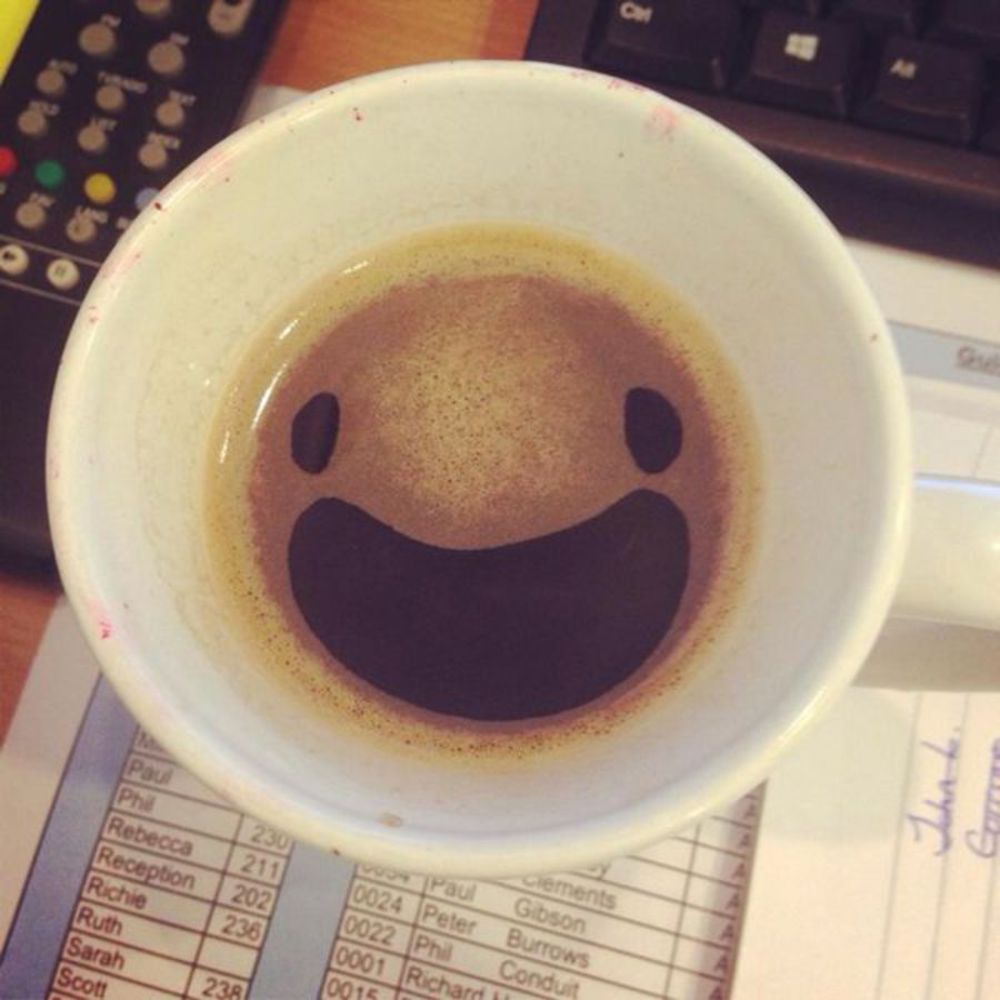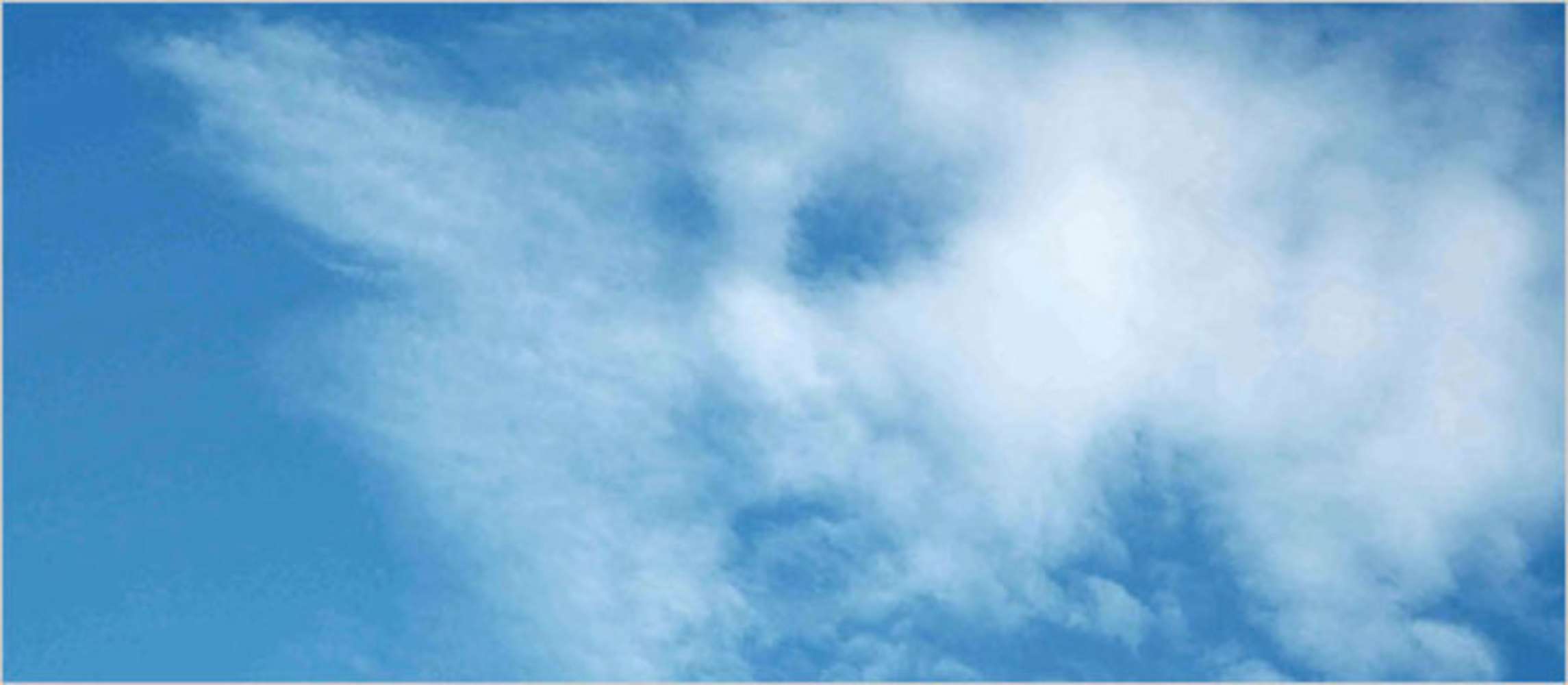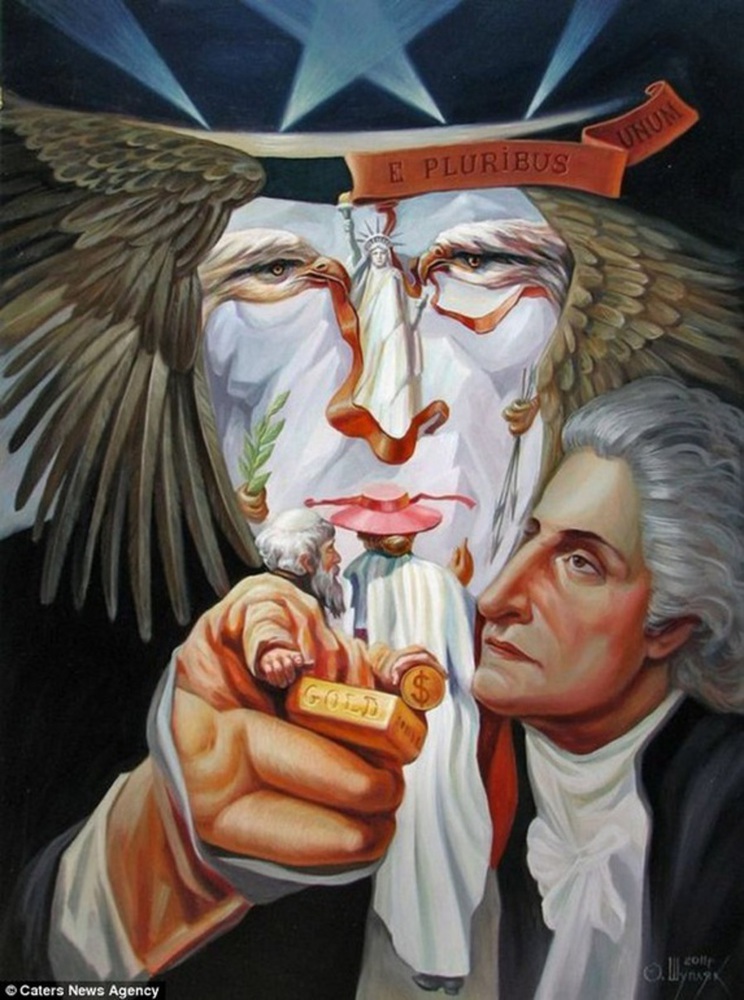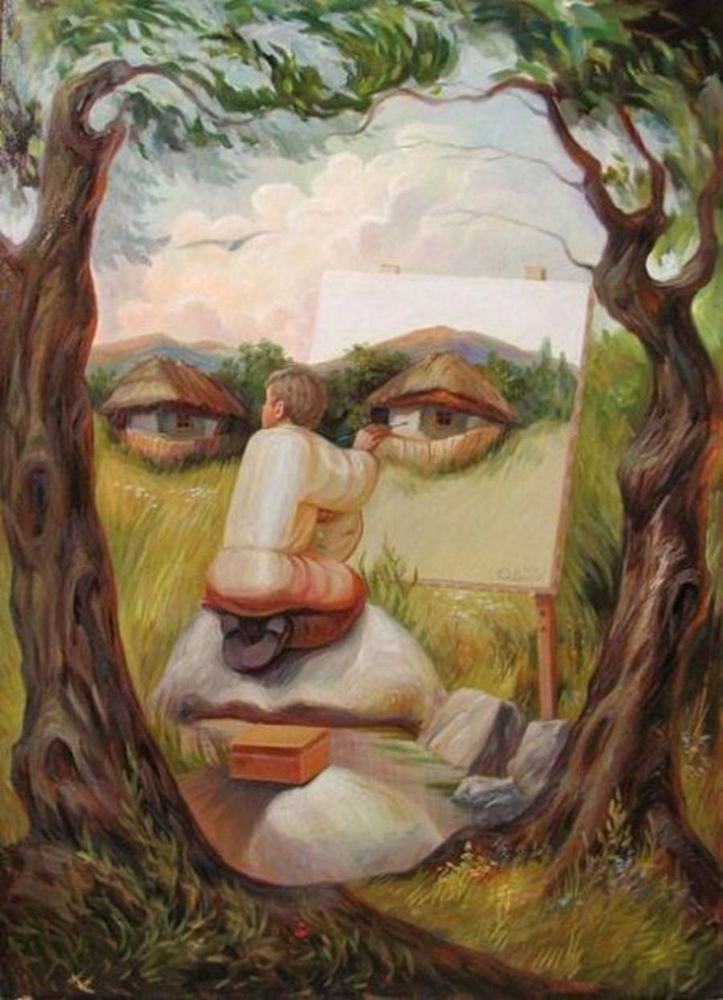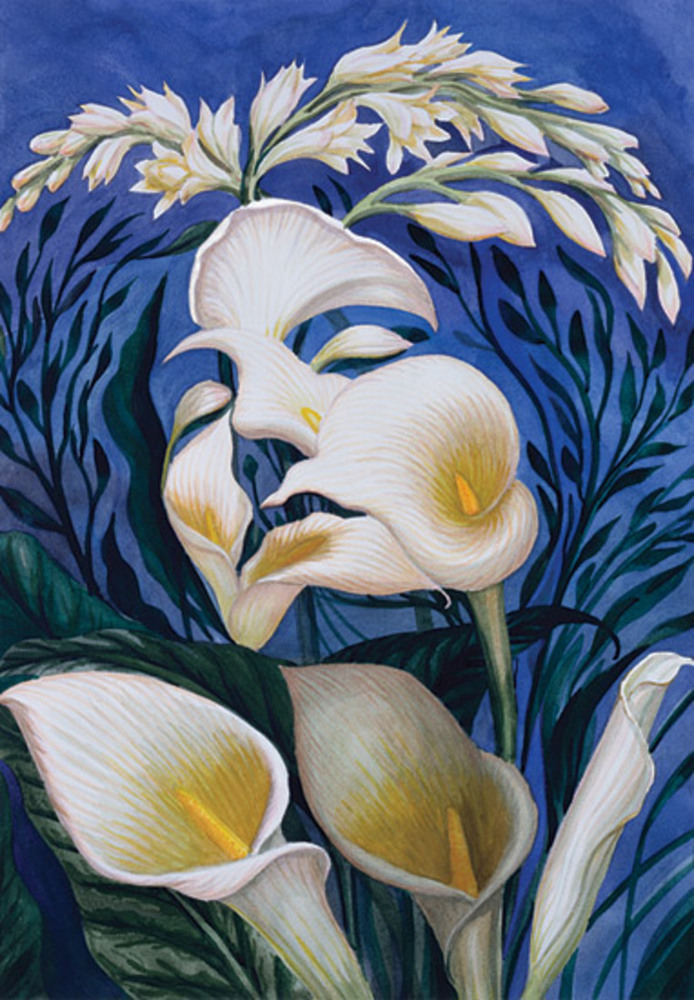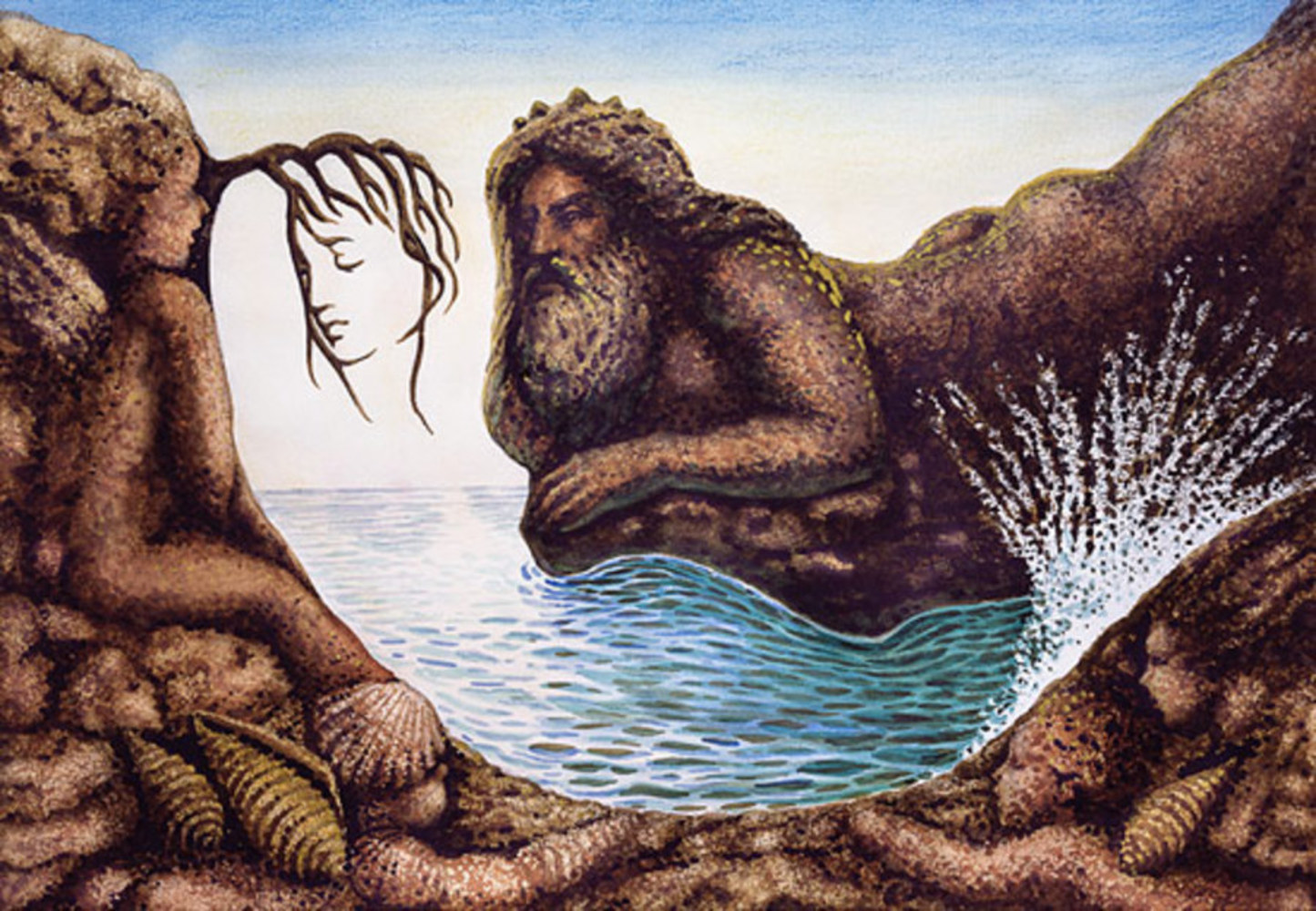Perceptual Illusion
We see faces everywhere: on the wall, on clouds… Basically, when we see something that resembles two eyes and a mouth, we’ll think that we see a “face”. There is a part of brain called fusiform gyrus that is activated when the person observes faces. According to Pawan Sinha, professor of brain and cognitive sciences at MIT, when the pattern the person sees becomes more like faces, the left side of the brain is activated. But it is the right side of the brain that determines whether the person really sees a face of not. There was no fooling the right side of the brain, no matter how much the pattern resembles a face.
This phenomenon is generally defined as Pareidolia. Pareidolia also includes circumstances where the mind does not regard something as s face but rather just perceives a familiar pattern where none actually exists.

